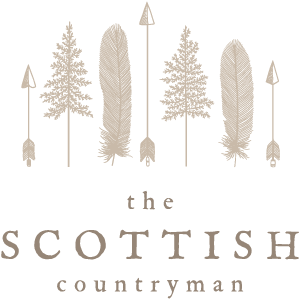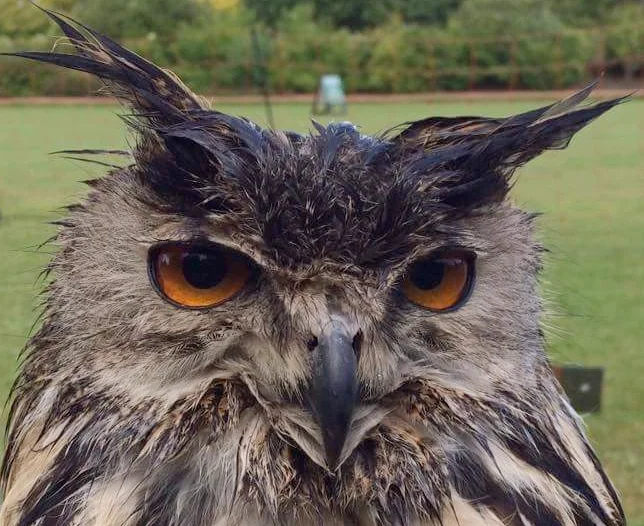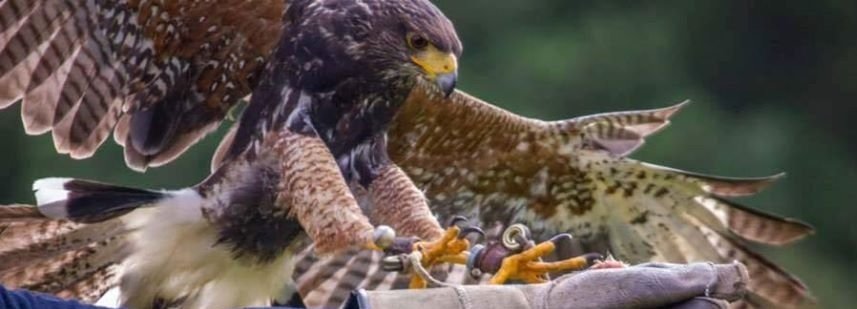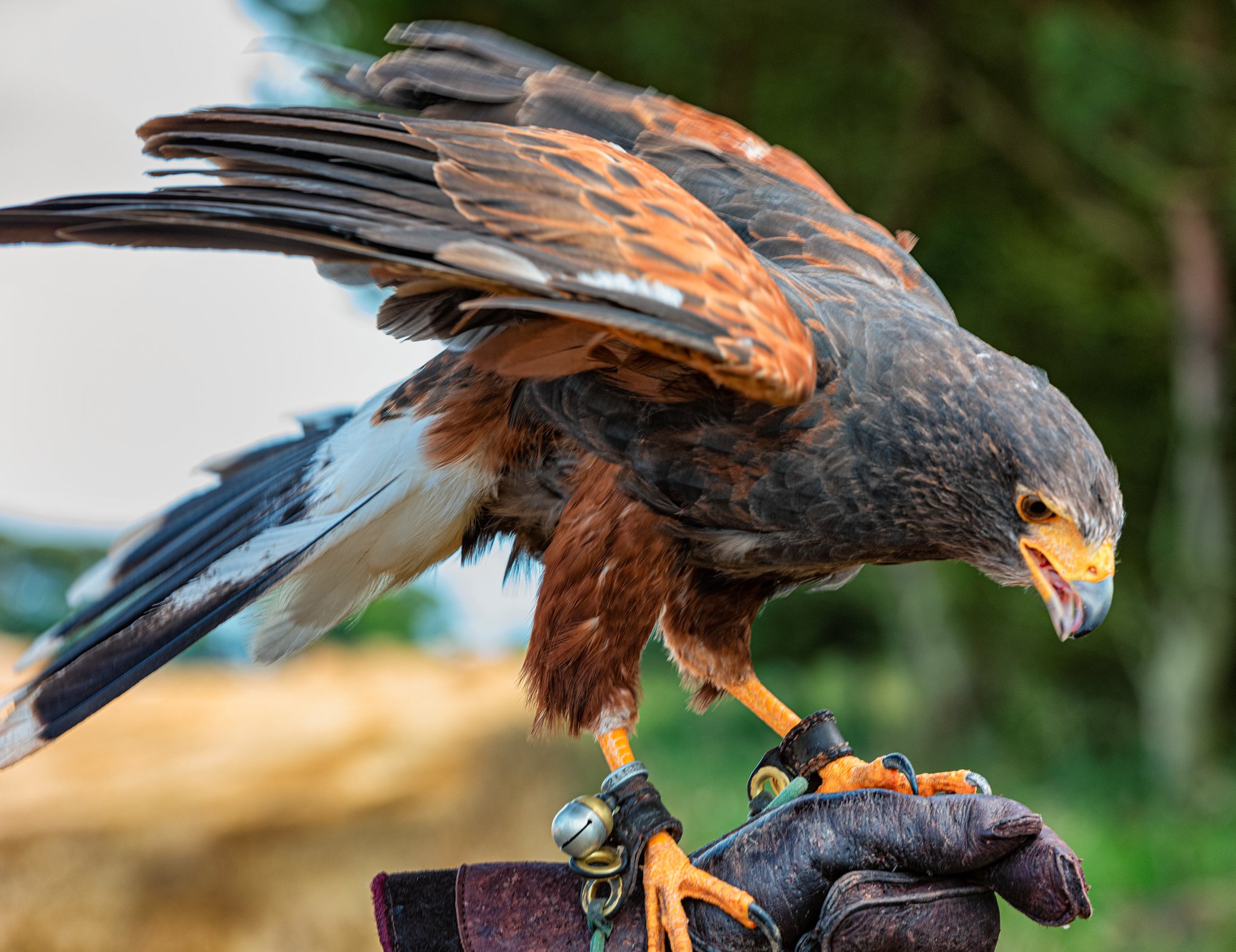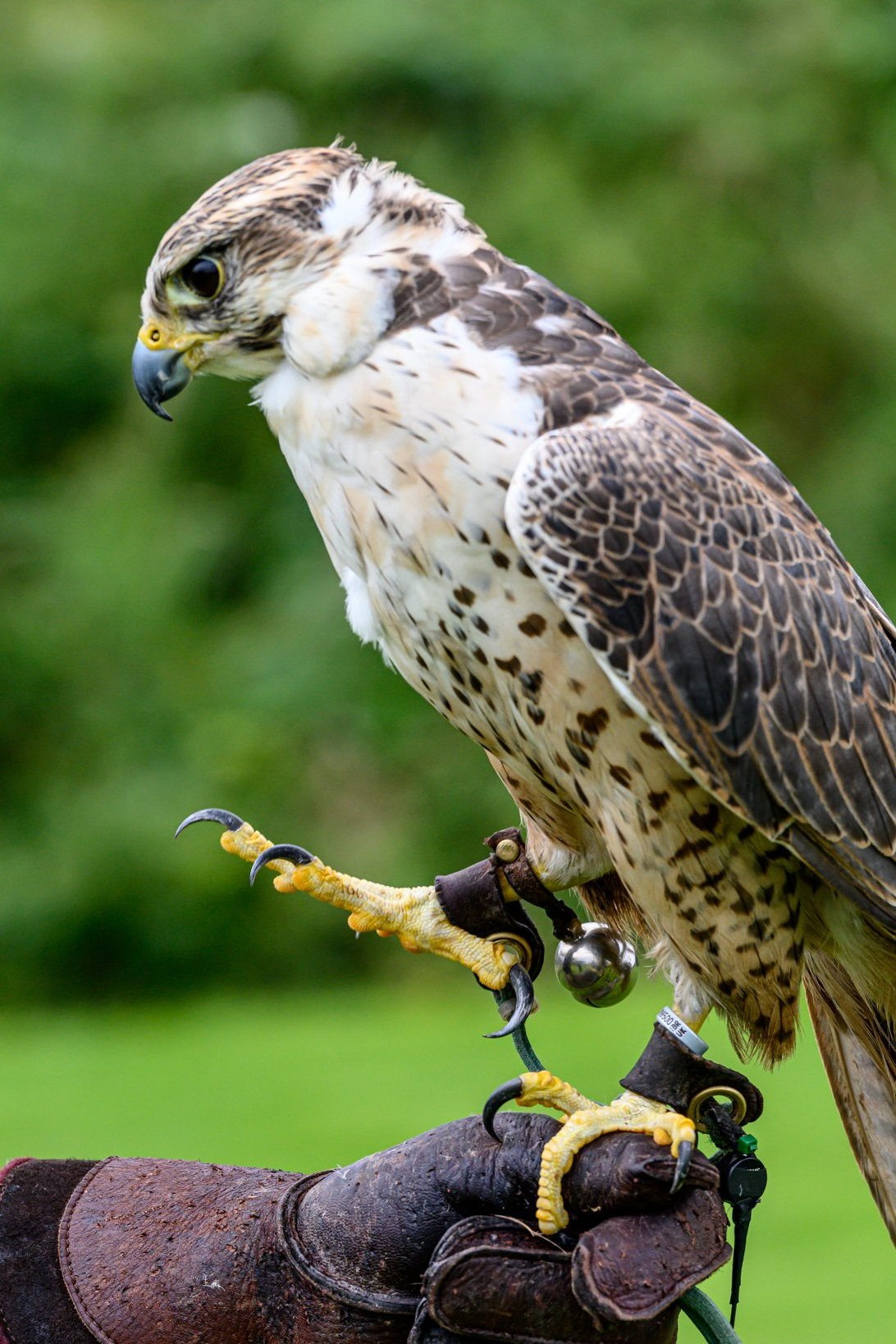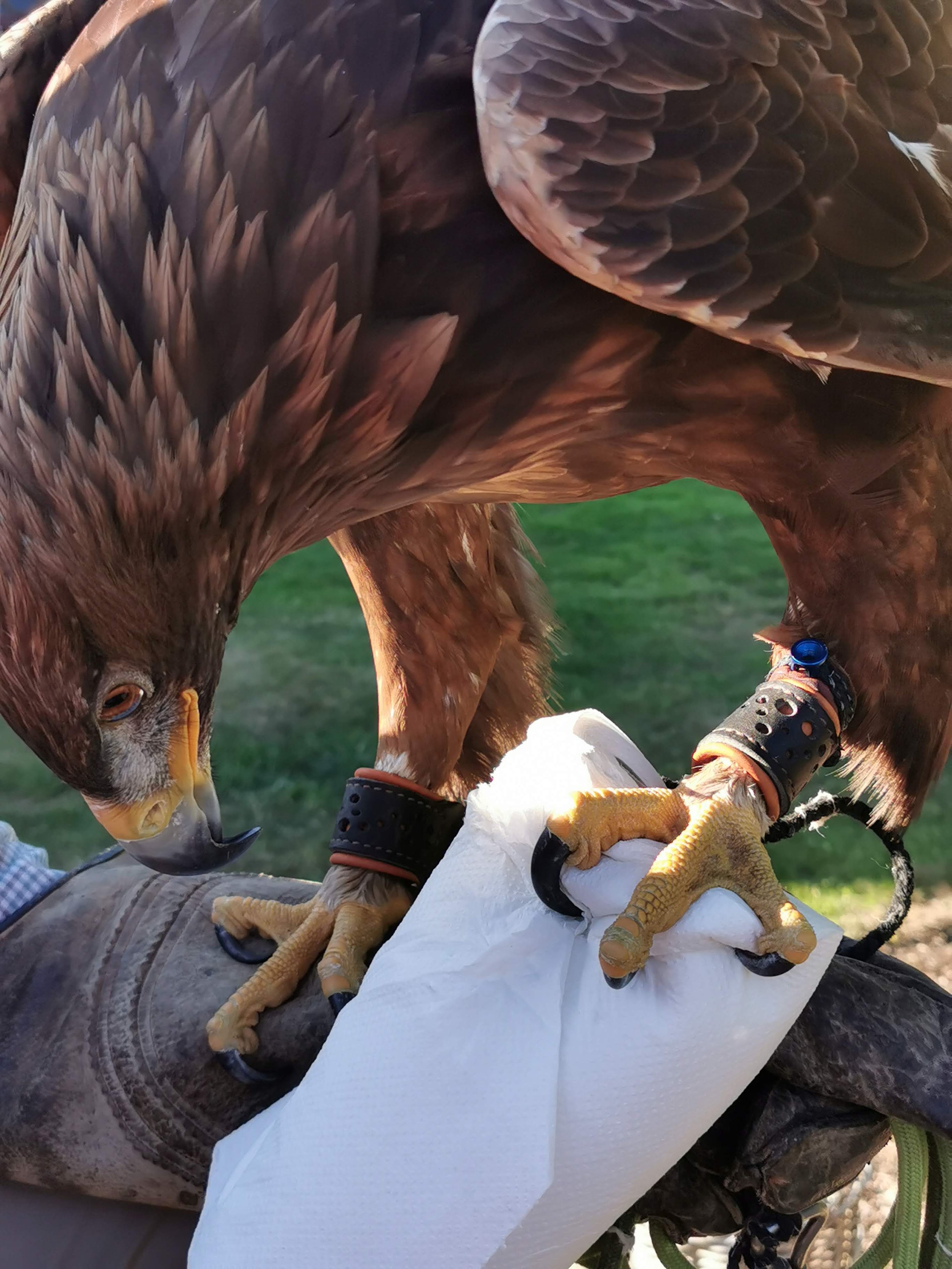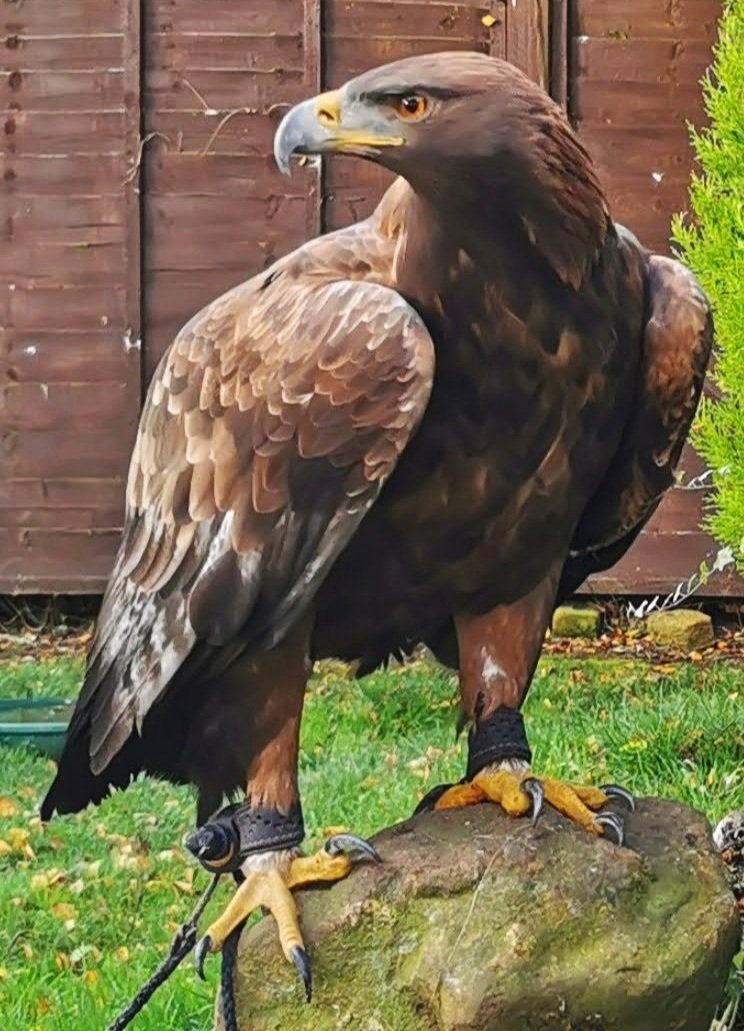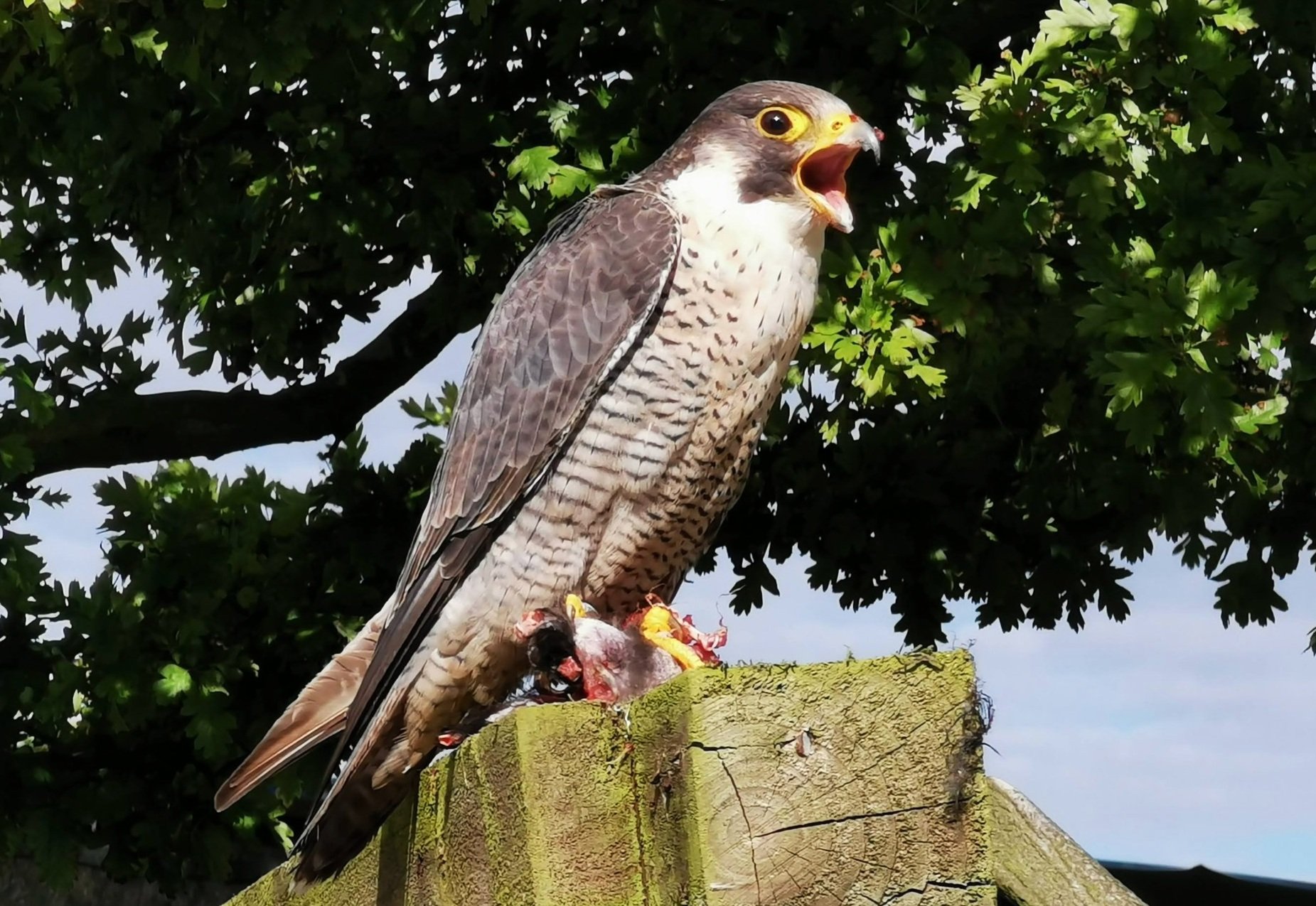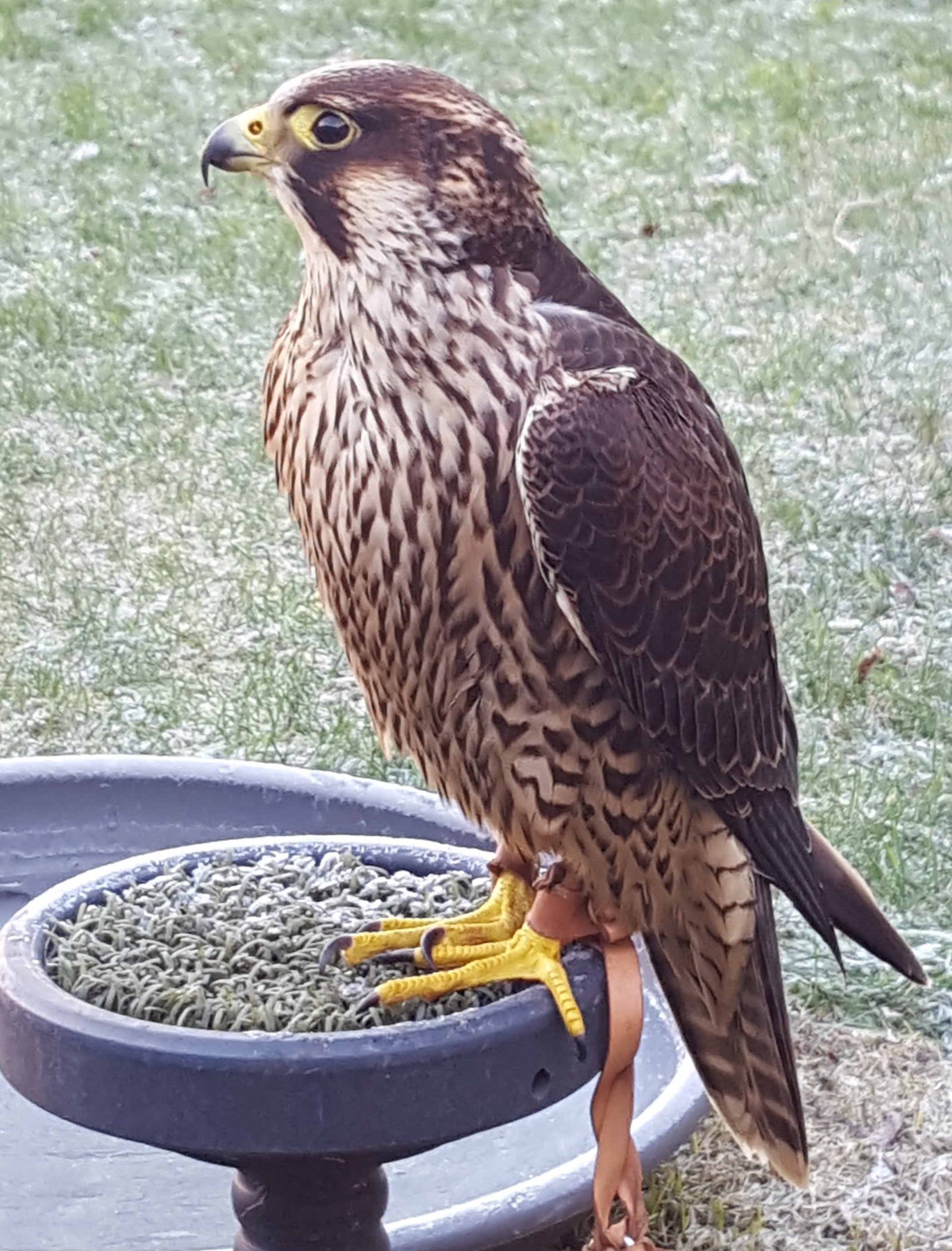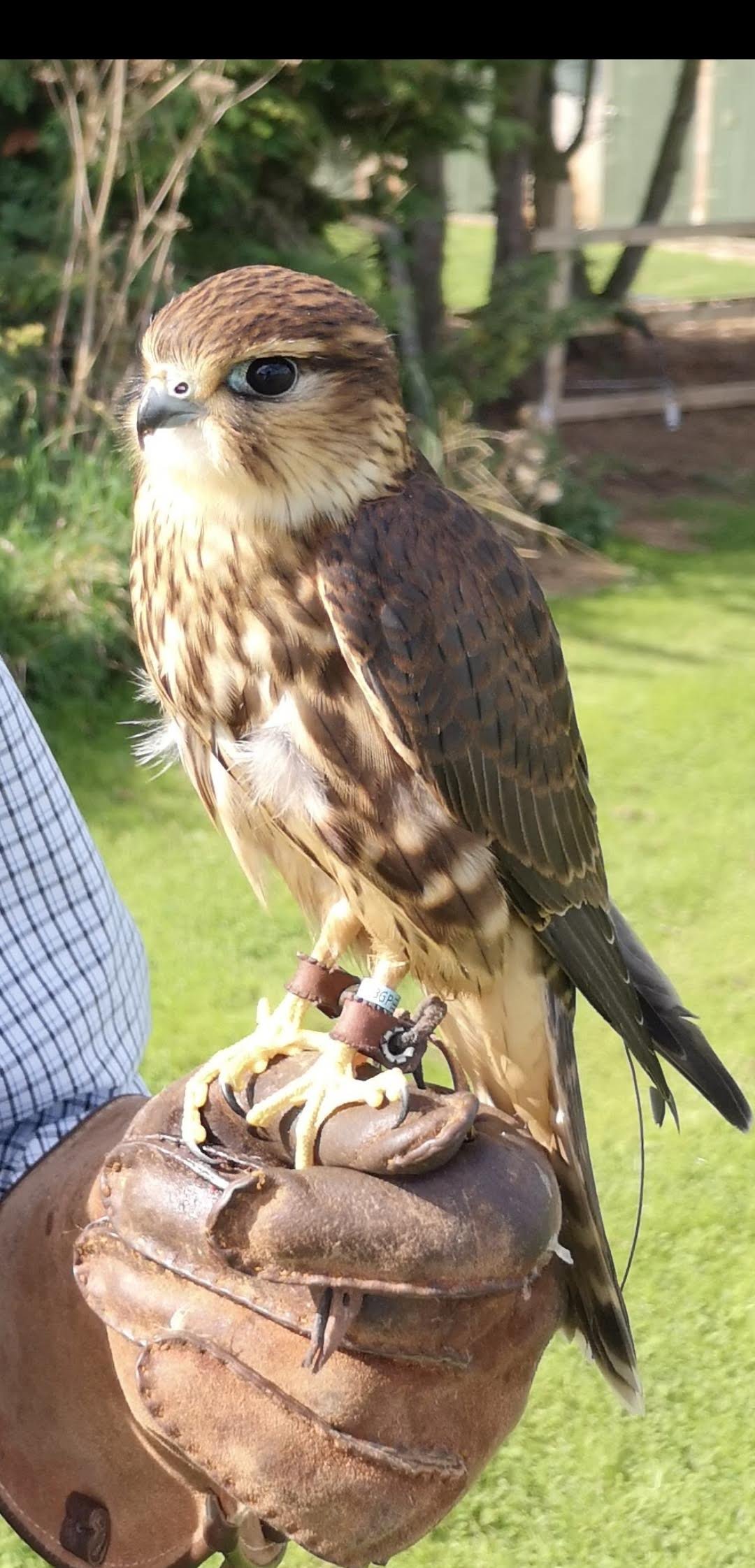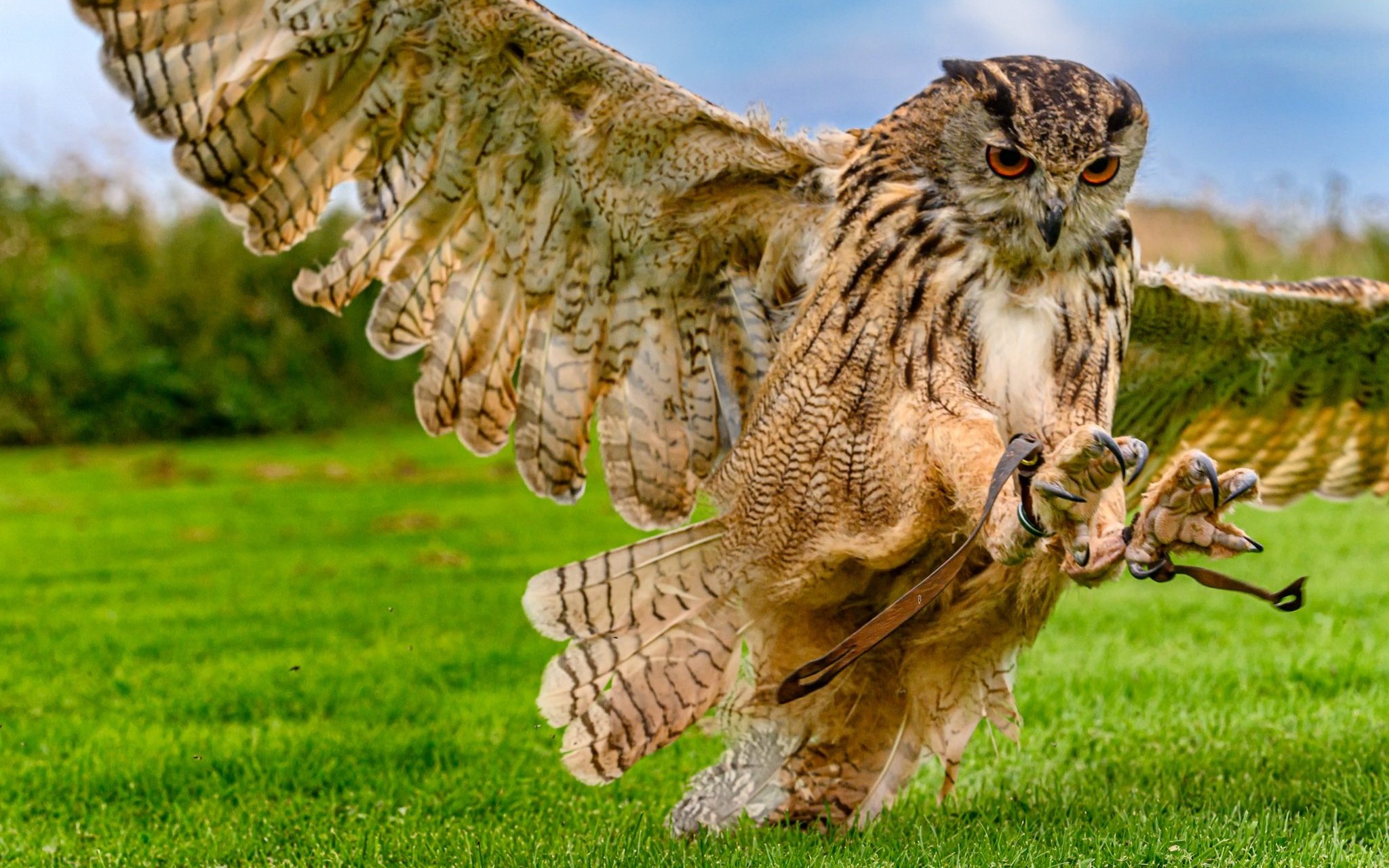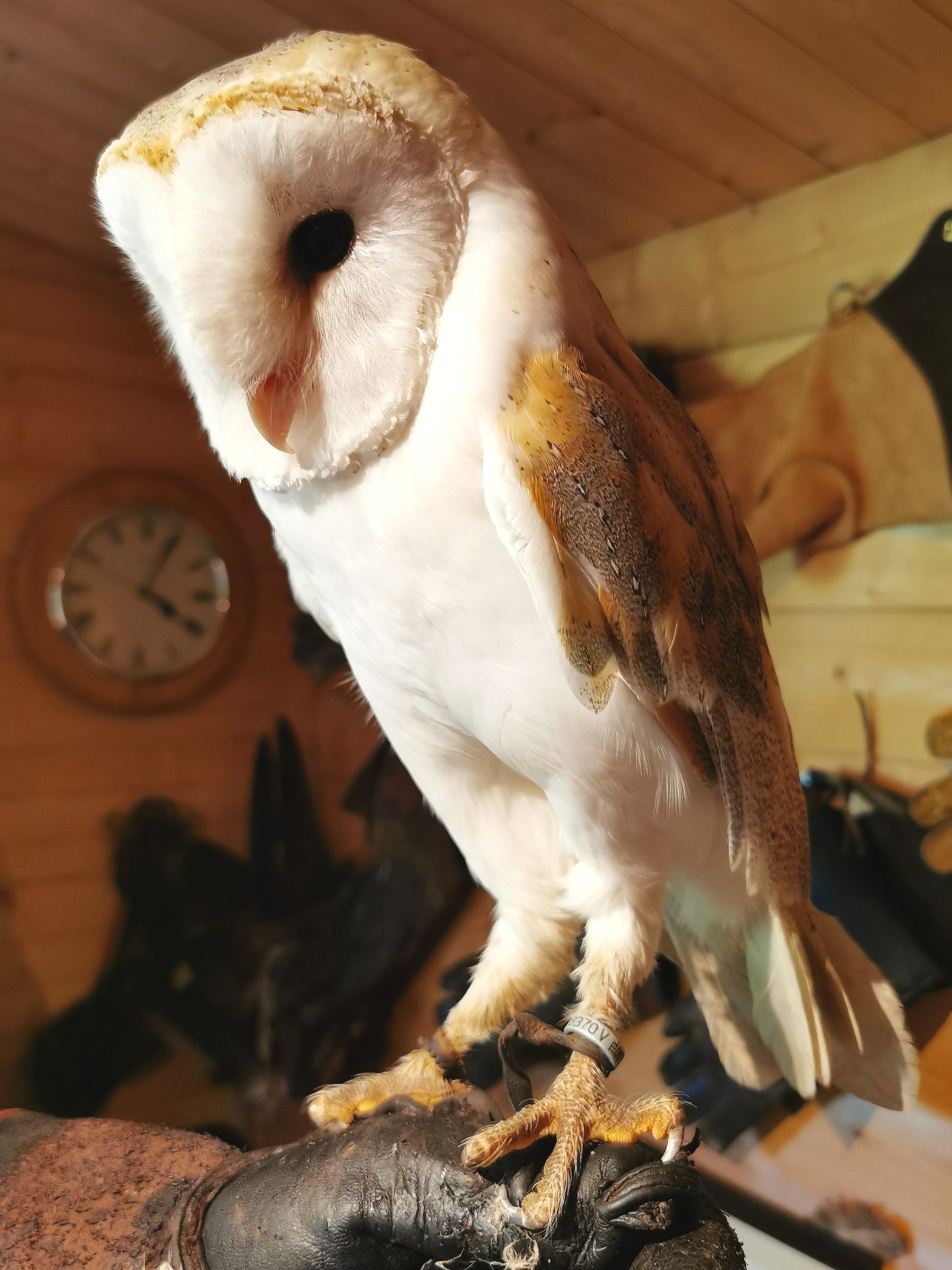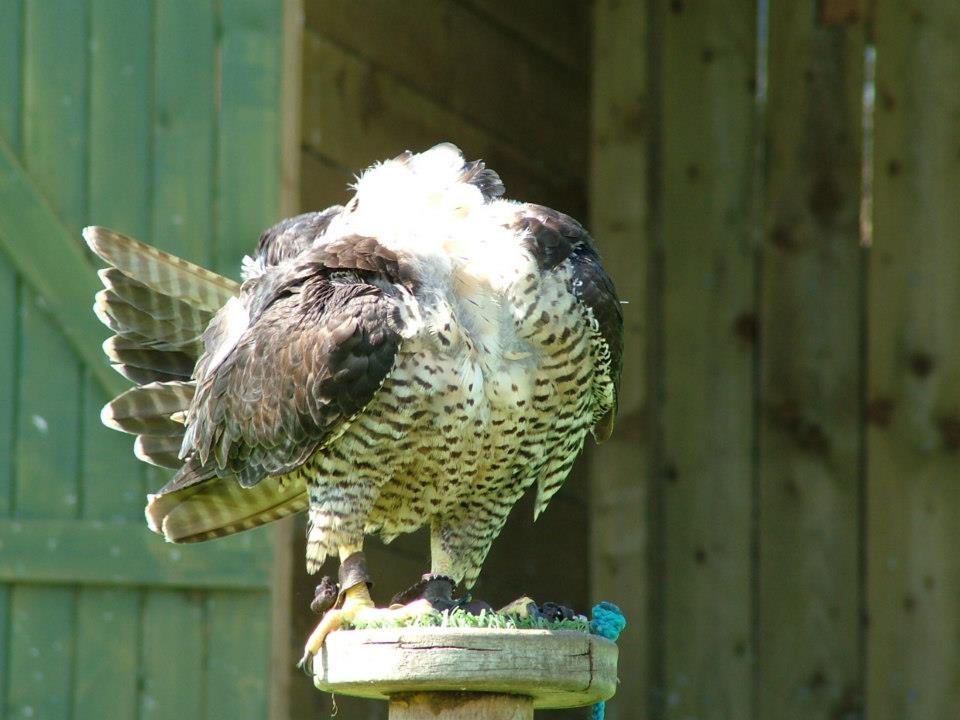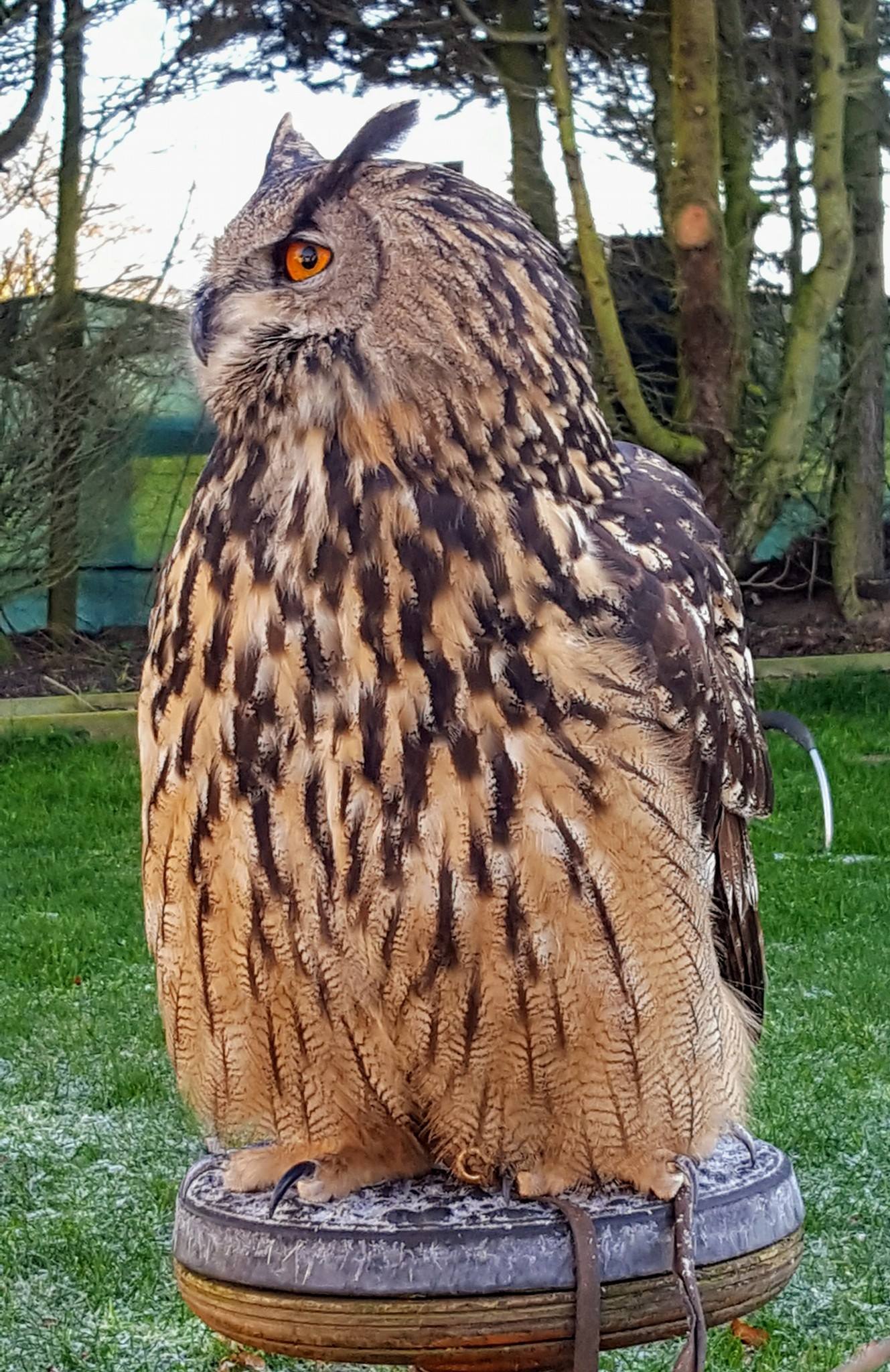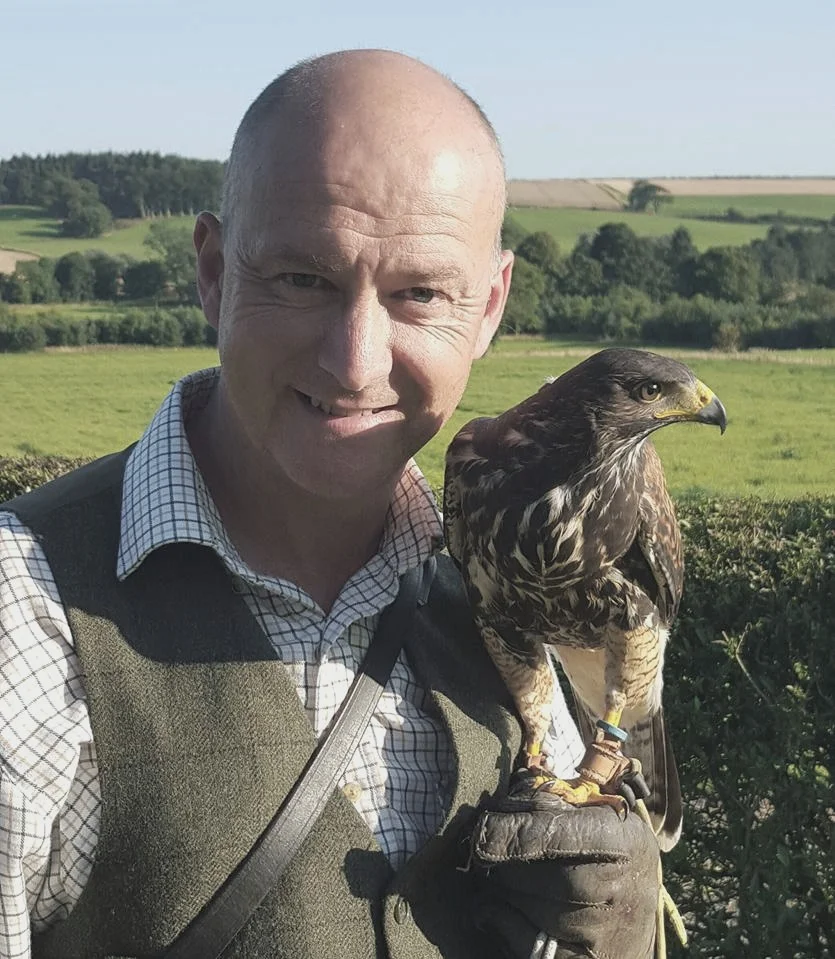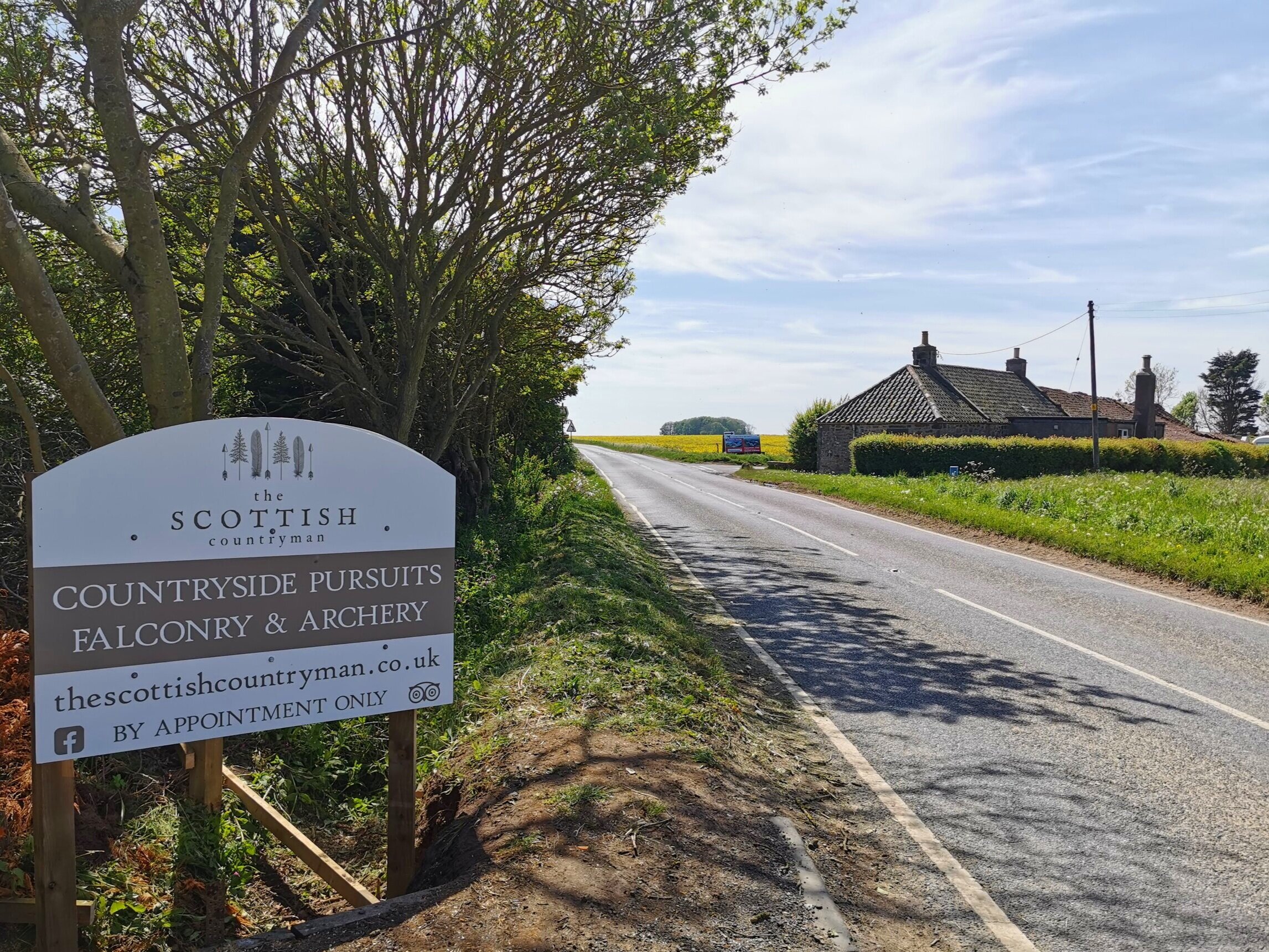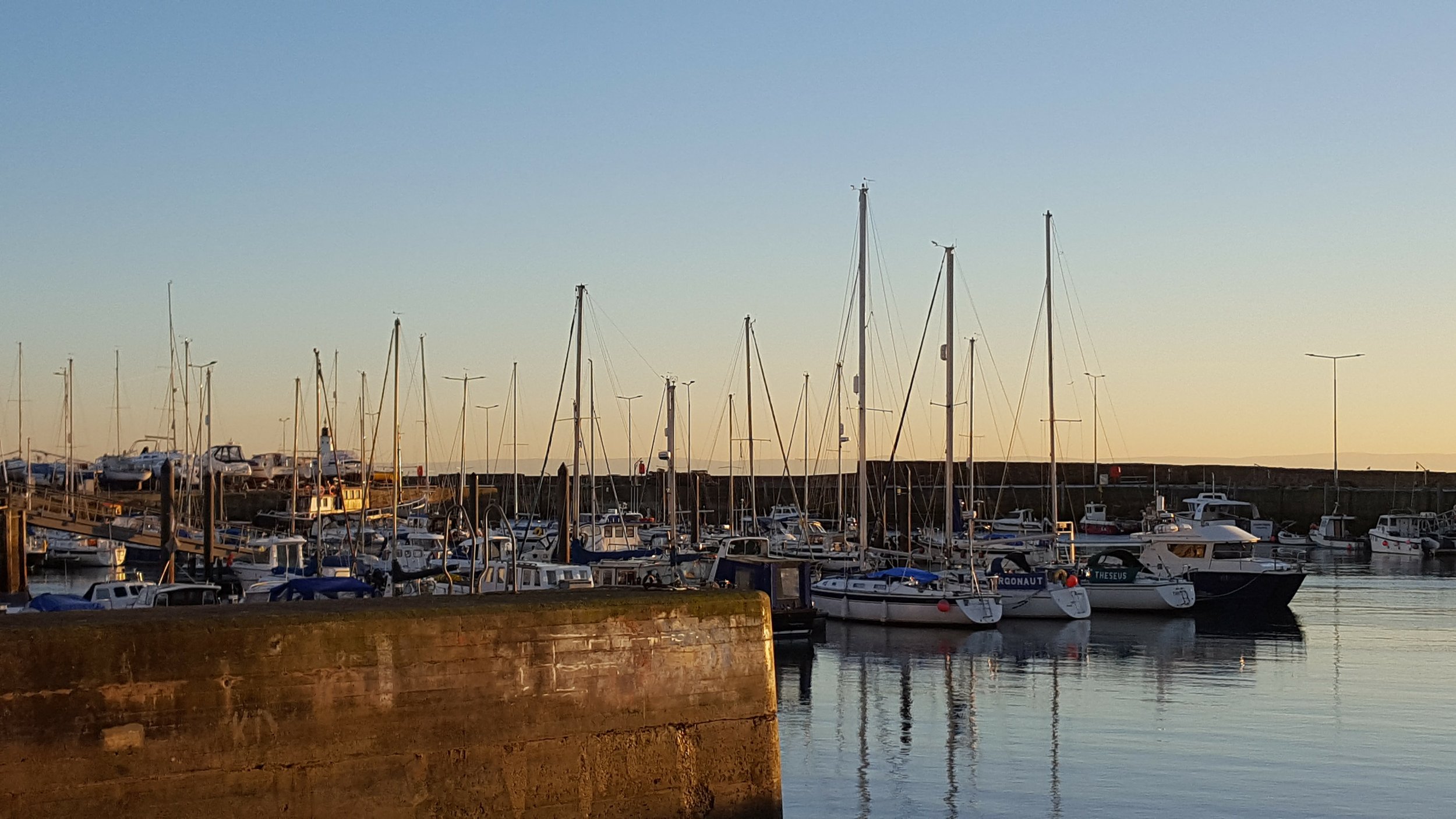What exactly is a ‘bird of prey’? It’s an odd name, when you think about it, isn’t it? (Even odder when you see it misspelled as ‘bird of pray’.) It’s a question that comes up a lot in our bird-of-prey and owl experiences, so let’s explore what is meant by a bird of prey.
The short answer is that a bird of prey eats meat; it is a predator that must hunt and eat other birds or animals to survive. Whilst lots of birds eat invertebrate animals such as insects and worms, birds of prey typically take larger vertebrates such as small mammals and other birds as their prey. A distinguishing feature of birds of prey is the fact that they use their feet (and sharp talons) to capture and carry their prey away and they have a hooked beak to kill and break into their prey. Most birds of prey hunt live prey but some species, like vultures, will also eat carrion.
Which birds are (and are not) birds of prey?
Birds of prey can be broadly separated into three (unrelated) groups: acciptrifoformes, which include eagles, buzzards, hawks, ospreys and harriers, the falconiformes (falcons), and the strigiform, which are the owls. In general, owls are nocturnal hunters while the others are all diurnal (daytime) hunters. There are around 300 species of acciptrifoformes and falconiformes and just over 200 species of owls.
Not all birds that hunt and eat other animals are birds of prey. Although birds like magpies, herons, gulls, penguins and storks are predators and eat other animals s
uch as songbirds, fish or frogs, they are not classed as birds of prey because they don’t have the distinguishing features of a bird of prey.
